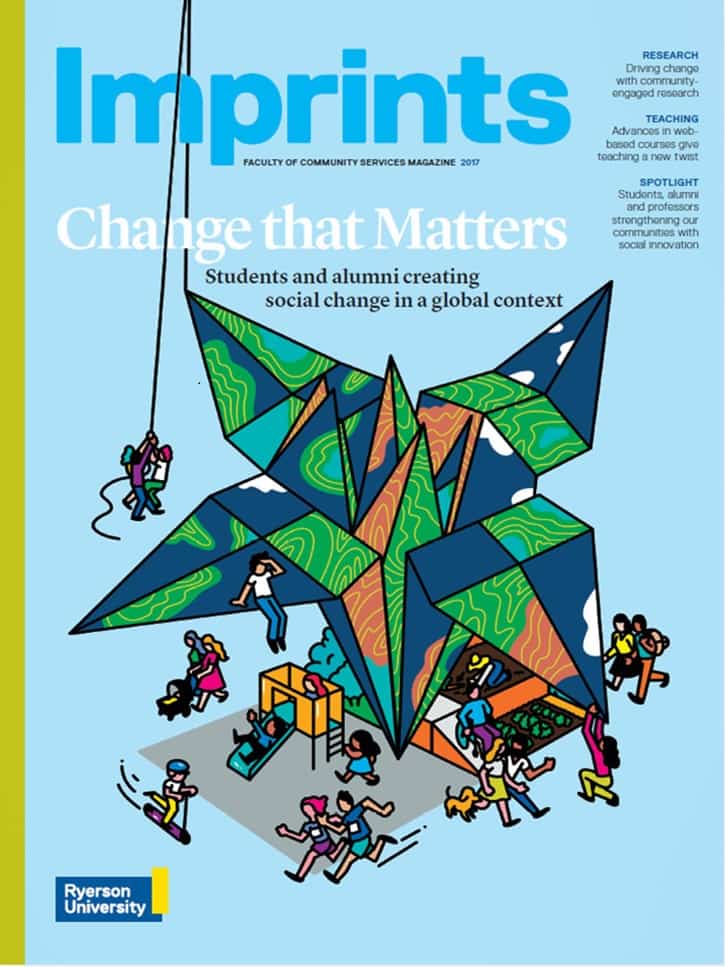Using stories to inspire action
By Sharon Aschaiek | April 18, 2018

Most of us can’t resist a good story – and for a good reason: they provide information in a way that’s interesting and engaging. They can be funny, inspiring, eye-opening or cautionary. But whatever kind of story is told, there’s a good chance the lesson will stick. This is because a strong narrative arc can trigger our memories and emotions, which allow us to better digest the meaning of information. For that reason, good stories can help us better understand ourselves, each other, the world and our place in it.
Lately, we’ve seen new research demonstrating the science behind storytelling. A recent study by University of Southern California scientists found that reading stories resulted in people feeling greater self-awareness and empathy for each other. This finding is confirmed by extensive research by neuroscientist Paul Zak, which has found that highly engaging stories can release the neurochemicals cortisol and oxytocin, which can lead us to take desired actions. You can see a brief video of a case study by Zak on how the brain responds to storytelling. Top insights on how storytelling helps organizations excel are featured in the new book The Storytelling Edge.
Storytelling in higher education
Storytelling has long been a powerful tool in communications and marketing, but lately, it’s been enjoying renewed popularity among organizations of all stripes. In higher education, storytelling has long been used in communications because post-secondary schools have so many good stories to tell. They provide a perfect format for universities and colleges to highlight research breakthroughs, high-achieving alumni, talented faculty and innovative community projects in a way that resonates and inspires specific action.
I have worked with many schools to effectively tell their great stories. Most recently, I helped the Faculty of Community Services at Ryerson University showcase its activities and achievements through its 2017 community magazine, Imprints. By developing 26 articles on innovative faculty initiatives and outstanding professors, graduates and students, I was able to help the faculty share its successes at advancing positive social change locally and around the world. The annual publication is a key tool for the faculty to engage with its key stakeholders: prospects, current students, alumni, community partners and government agencies.

2017 edition of Imprints, the annual magazine of Ryerson University’s Faculty of Community Services
As a communicator with a background in journalism, I love working with schools to discover and develop their powerful stories and share them with the world. Let’s tell some great stories together!
Weekly Blog Posts Sign-up:
Higher Ed Communications News, Views and How-to’s